4 April 2025
Sports have always been a game of precision, strategy, and split-second decisions. Whether it's football, basketball, or Formula 1 racing, teams are always looking for an edge over their competition. But now, with cutting-edge technology like digital twins, the game is evolving beyond physical training.
So, what exactly is a digital twin? And how is it revolutionizing sports preparation? Let’s dive deep into this game-changing innovation. 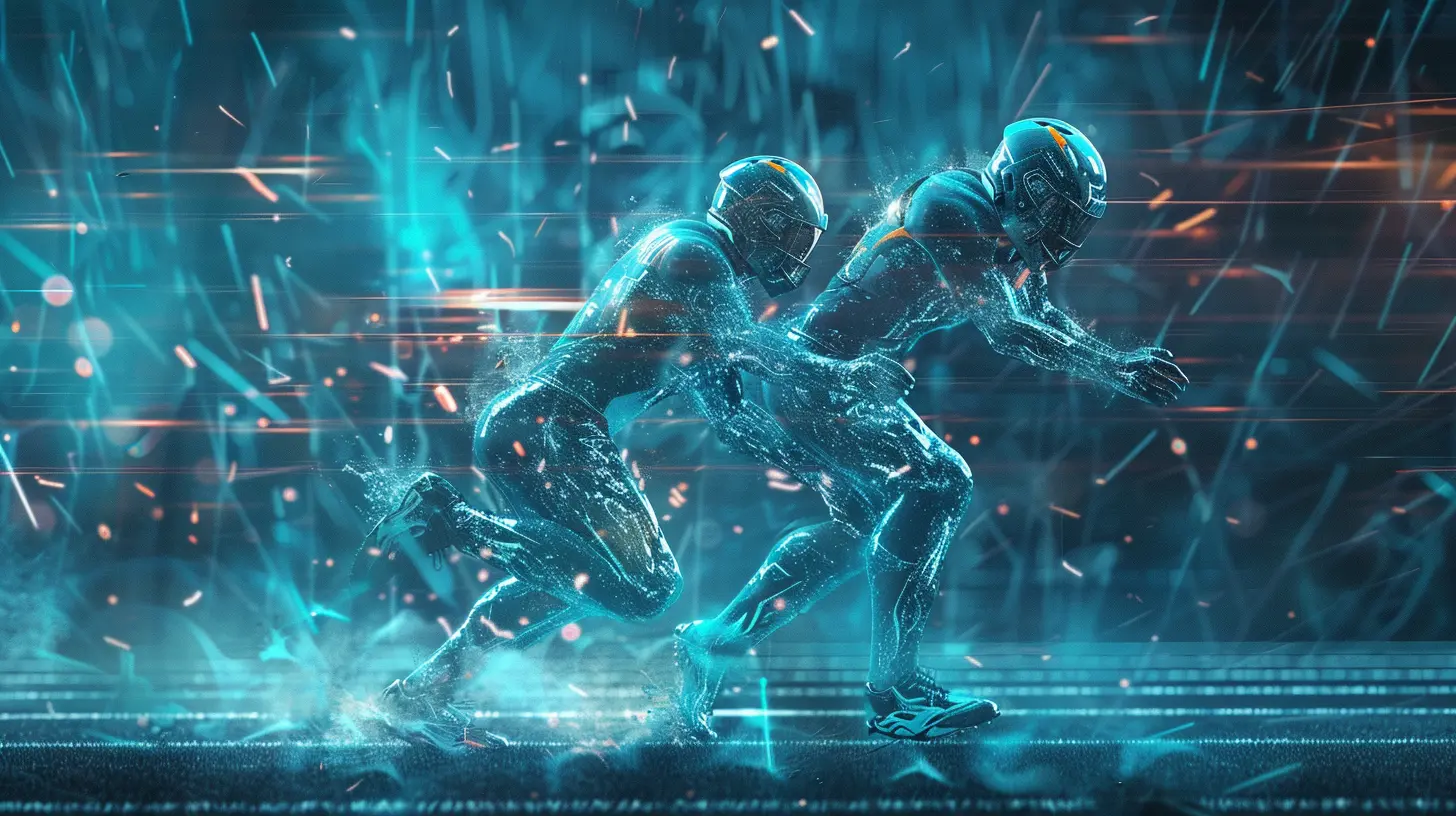
What is a Digital Twin?
A digital twin is a virtual replica of a physical entity—whether that’s a piece of equipment, an athlete, or even an entire stadium. It uses real-time data, AI, and machine learning to simulate, analyze, and predict outcomes.In sports, digital twins can mirror everything from an athlete’s biomechanics to an entire team’s game strategy. Think of it as a hyper-advanced video game simulation, but one that’s deeply connected to real-world physics and performance metrics. 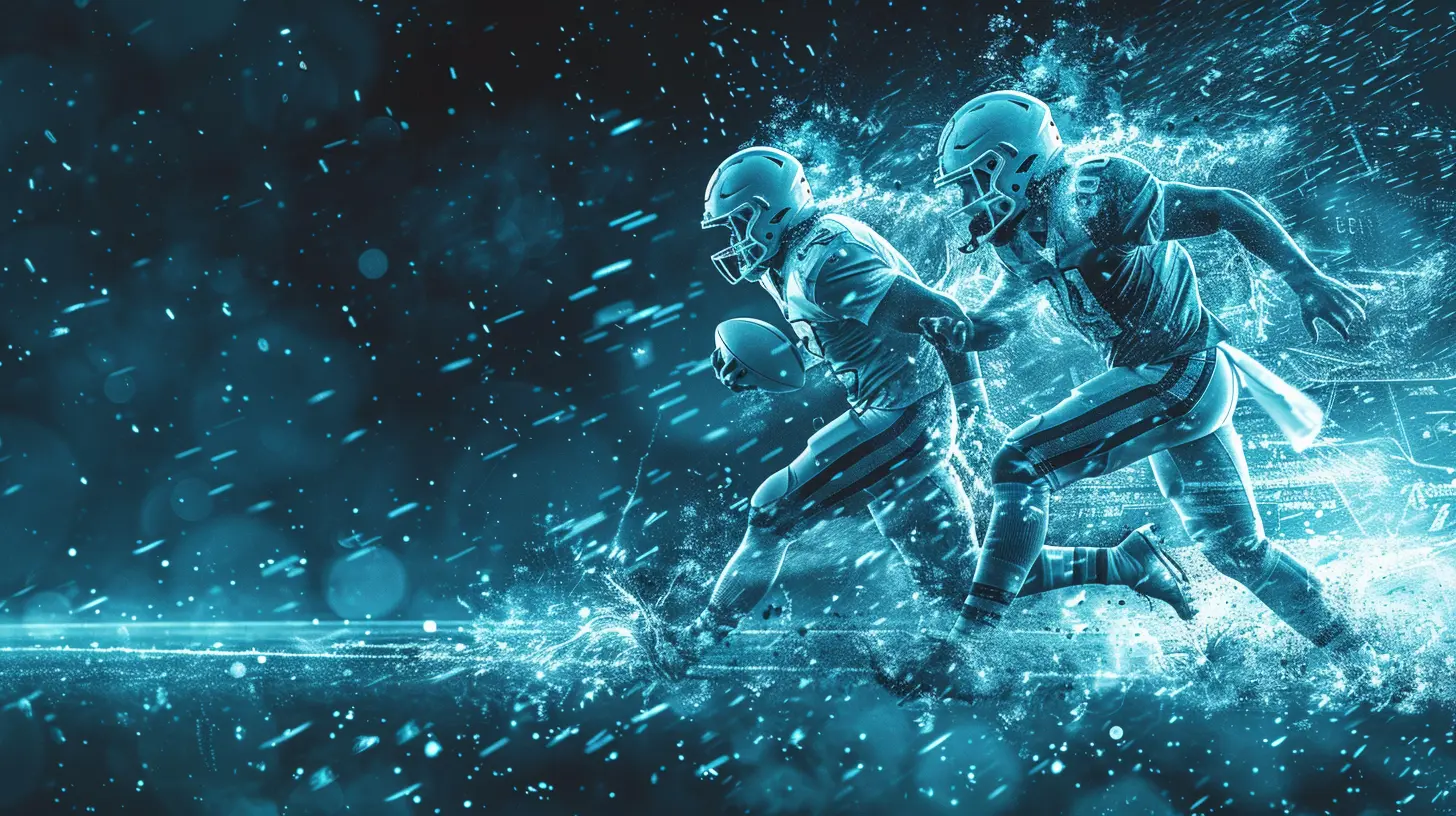
How Digital Twins Are Transforming Sports Preparation
1. Personalized Training Like Never Before
Coaches have always relied on training data—heart rate, speed, endurance. But digital twins take it a step further by creating a dynamic, real-time model of an athlete.With sensors tracking everything from muscle movement to fatigue levels, athletes can have customized training plans that adapt on the fly. Imagine a football player practicing on a digital replica of himself, instantly seeing where his form needs correction—before even stepping onto the field!
2. Injury Prevention and Recovery
Sports injuries can ruin careers. But what if we could predict an athlete’s risk of injury before it happens?Digital twins use motion tracking and biomechanical analysis to identify stress points in an athlete’s body. If a basketball player’s left knee is absorbing too much force, the system flags it. Trainers can then adjust workouts proactively, reducing the risk of injuries that could sideline athletes for months.
For injured players, digital twins also aid in rehabilitation. By tracking recovery progress in real-time, they ensure that athletes return to the game at 100% rather than rushing back too soon.
3. Game Strategy and Tactical Simulations
Ever wished your favorite team could “test drive” different tactics before making a game-time decision?With digital twins, they can. Teams can simulate matches using real-world data, seeing how different strategies play out against various opponents. Imagine a football coach running hundreds of game simulations in seconds, predicting the most effective formations based on an opponent's weaknesses.
It’s like having a chessboard where every move is backed by hard data rather than gut instinct.
4. Better Equipment and Gear Customization
It’s not just athletes that get the twin treatment—sports equipment does too.Brands like Nike and Adidas are using digital twins to design and perfect shoes, jerseys, and protective gear tailored for individual athletes. A runner, for instance, can have a shoe modeled to match their exact running stride, minimizing strain and maximizing performance.
Formula 1 teams also use digital twins to tweak car aerodynamics and tire performance in real-time, helping them shave milliseconds off lap times—a difference that can mean winning or losing a championship.
5. Enhanced Fan Experience
Sports aren’t just about the players—fans are just as crucial.With digital twins, stadiums can simulate crowd flow, improving seating arrangements, concession stand efficiency, and even traffic management. This means shorter lines, better views, and a smoother game-day experience for fans.
Some teams are even using digital twins to create virtual reality experiences, allowing fans to walk around a stadium digitally or even watch a game from a player’s perspective. 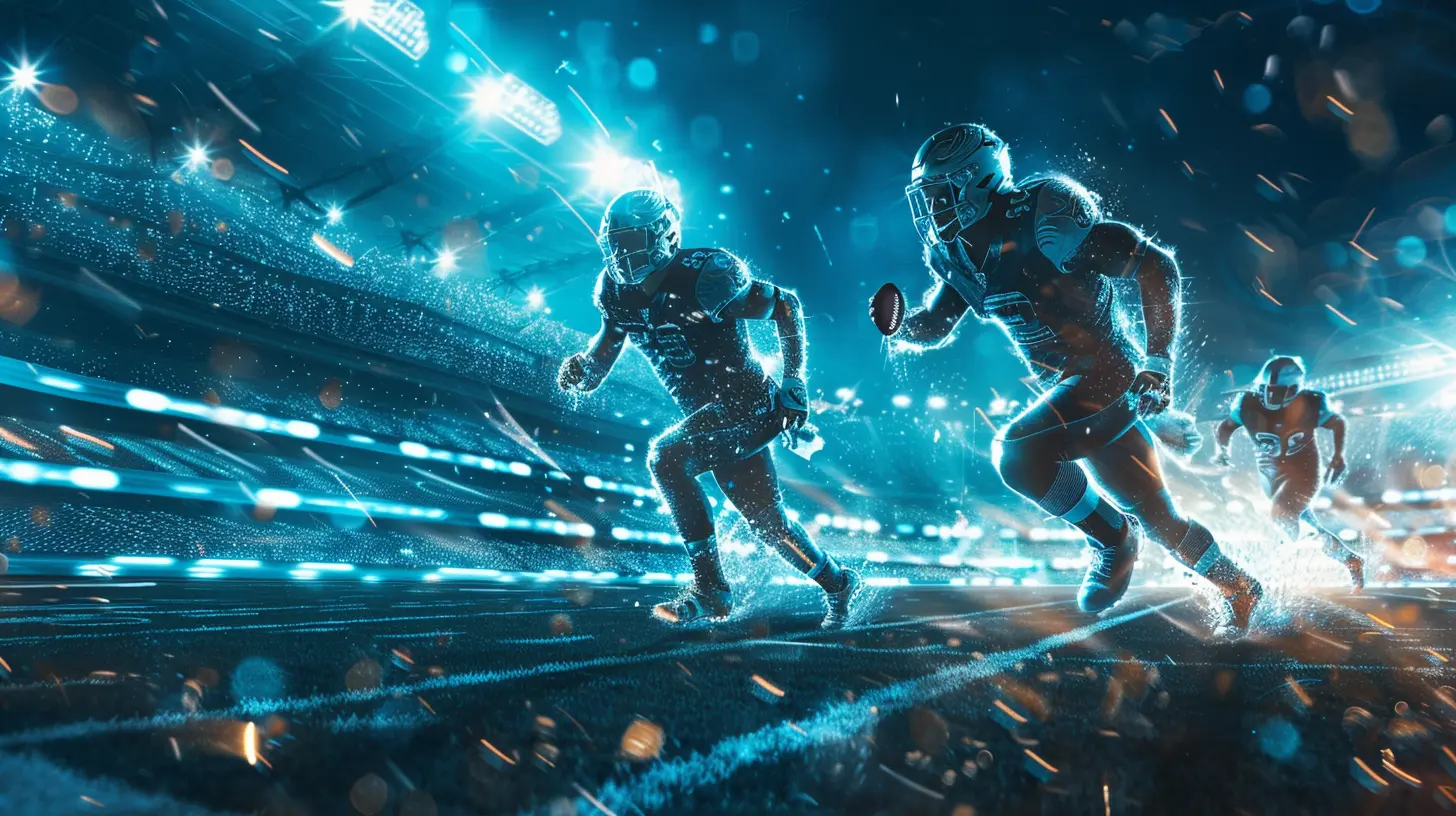
Real-World Examples of Digital Twins in Sports
1. Mercedes-AMG Petronas F1 TeamFormula 1 is one of the most tech-driven sports out there. The Mercedes team uses digital twins to simulate track conditions, optimize car setups, and even predict tire wear before a race.
2. Manchester City Football Club
The English football club is integrating digital twins to analyze player performance and tactical strategies, allowing for data-driven decision-making during matches.
3. NBA Load Management Programs
Basketball teams like the Golden State Warriors use digital twins to track player fatigue and manage workloads, reducing injury risks during the grueling NBA season. 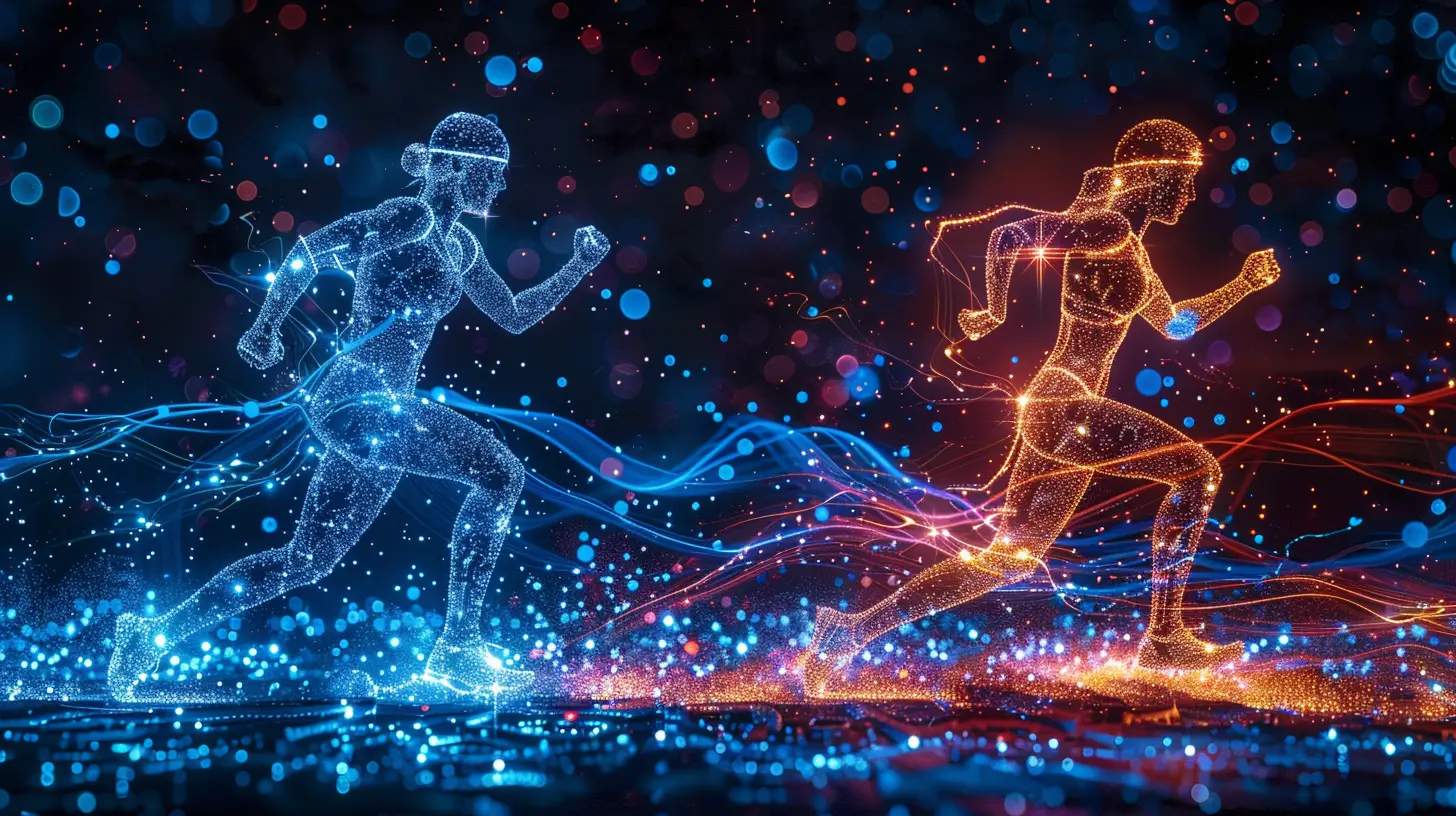
Will Digital Twins Completely Replace Traditional Training?
Not quite. There’s no substitute for real-world practice, the sweat, the grit, and the unpredictability of human competition. But digital twins are a tool, not a replacement—they enhance what athletes and teams already do.It’s like having a personal AI coach, always analyzing, always optimizing. The ultimate goal isn’t to remove human intuition from the game, but to give athletes and coaches deeper insights so they can make smarter decisions.
The Future of Digital Twins in Sports
We’re only scratching the surface of what’s possible. As AI, machine learning, and wearable tech improve, digital twins will become even more advanced, accessible, and indispensable in sports.Imagine a future where:
- Amateur athletes could use digital twins to refine their skills—before even stepping on the field.
- E-sports teams could simulate opponents' strategies in real-time, predicting every move before a match.
- AI-powered virtual refs ensure fair play by spotting fouls with near-perfect accuracy.
The possibilities are limitless, and one thing is clear—digital twins are here to stay.
Final Thoughts
Technology has always played a role in sports, from instant replays to VAR systems. But digital twins? They’re taking things to a whole new level.Whether it’s perfecting an athlete’s technique, designing smarter equipment, or simulating game strategies, digital twins are fundamentally changing the way teams prepare, compete, and win.
So next time you’re watching a game, remember—what you’re seeing on the field may have already happened in a digital world, long before the first whistle blew.



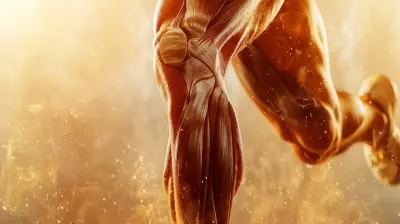

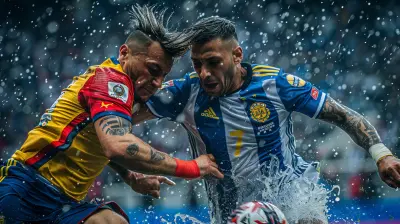
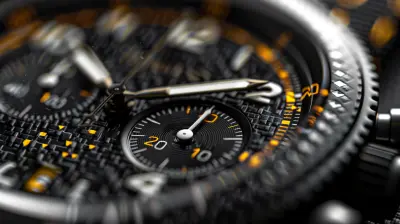
Hayden Lambert
Oh great, now my team can lose in virtual reality too!
April 13, 2025 at 8:14 PM